
Copernical Team
Chandrayaan-3 nears landing with successful orbital adjustments
 The Chandrayaan-3 spacecraft has successfully adjusted its orbit to 153 km x 163 km, as reported by the Indian Space Research Organisation (ISRO) today. This precise maneuvering is a pivotal step as the mission gears up for its anticipated soft landing on the Moon's South Polar region on August 23.
In the days leading up to this current status, the spacecraft had undergone significant orbi
The Chandrayaan-3 spacecraft has successfully adjusted its orbit to 153 km x 163 km, as reported by the Indian Space Research Organisation (ISRO) today. This precise maneuvering is a pivotal step as the mission gears up for its anticipated soft landing on the Moon's South Polar region on August 23.
In the days leading up to this current status, the spacecraft had undergone significant orbi NASA's lunar trailblazer gets final payload for moon water hunt
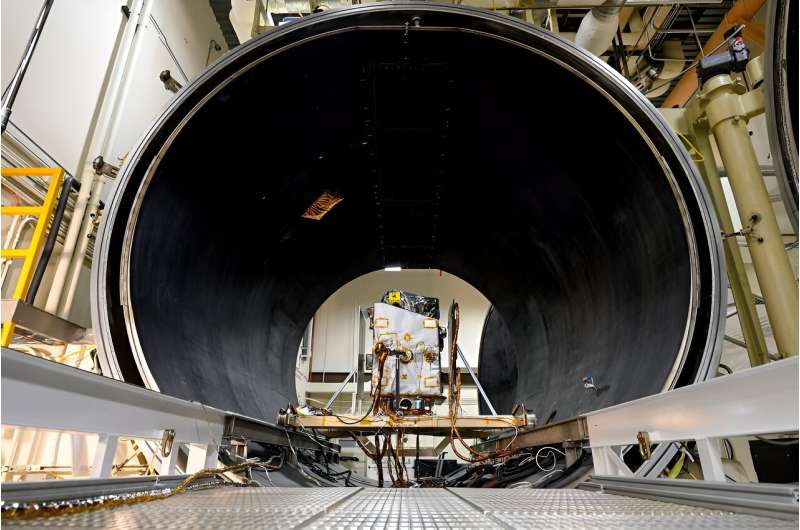
NASA's Lunar Trailblazer is nearing completion now that its second and final cutting-edge science instrument has been added to the small spacecraft. Built by the University of Oxford in England and contributed by the UK Space Agency, the Lunar Thermal Mapper (LTM) joins the High-resolution Volatiles and Minerals Moon Mapper (HVM3), which was integrated with the spacecraft late last year. Together, the instruments will enable scientists to determine the abundance, location, and form of the moon's water.
Led by Caltech in Pasadena, California, Lunar Trailblazer has a mass of about 440 pounds (200 kilograms) and measures only 11.5 feet (3.5 meters) wide with its solar panels fully deployed.
A robot with expandable appendages could explore Martian caves and cliffs
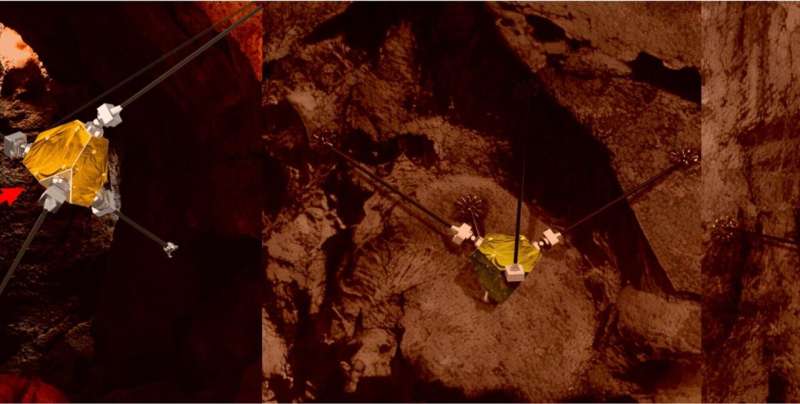
Plenty of areas in the solar system are interesting for scientific purposes but hard to access by traditional rovers. Some of the most prominent are the caves and cliffs of Mars—where exposed strata could hold clues to whether life ever existed on the Red Planet. So far, none of the missions sent there has been able to explore those difficult-to-reach places. But a mission concept from a team at Stanford hopes to change that.
The concept, known as ReachBot, is a robot that can support itself using multiple articulated appendages to navigate terrain that would be difficult to reach using other navigational techniques. In addition to being able to traverse complex ground patterns, it could also, in theory, at least scale sheer cliff faces.
It was initially pitched as a NASA Institute for Advanced Concepts project, where it was awarded a Phase I grant back in 2021. The authors describe the idea as a fusion of two separate technologies developed for different purposes: mobile manipulation robots and deployable space structures.
Mobile manipulation robots are relatively common in space exploration.
Hydra shaker table simulates the vibration forces of a rocket launch for satellite testing
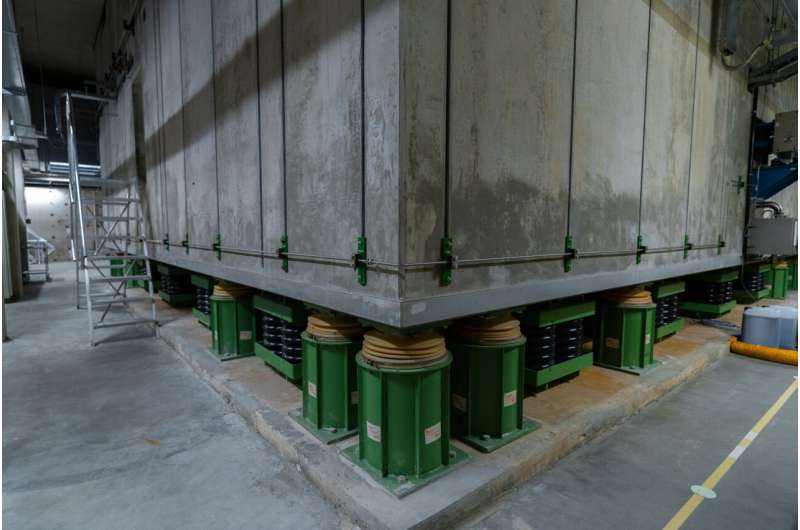
As the earthquake-strength Hydra shaker table simulates the vibration forces of a rocket launch for satellite testing, it is only this concrete block and the dampeners and springs supporting it that prevent the rest of the European Space Agency's ESTEC Test Center from also suffering the shakes.
The most powerful and precisely controllable of the shaker tables the ESA uses for satellite testing at its Test Center in Noordwijk, the Netherlands, is the multi-axis Hydra, which is capable of vibrating test items weighing many tons.
Seen from the cleanroom above, the hydraulically-powered Hydra appears to be simply a 5.5 x 5.5 m aluminum platform lying flush with the floor. But this plate is only the top of an 18 metric ton test table which is moveable using eight hydraulic actuators, in the same manner as a flight simulator machine.
This test table is enclosed within a 1,400 metric ton concrete 'seismic foundation' block. This block rests in turn on the set of springs and dampers, which isolate it, preventing potentially damaging vibrations from spreading through the rest of the building.
Russia's Luna-25 probe enters Moon orbit
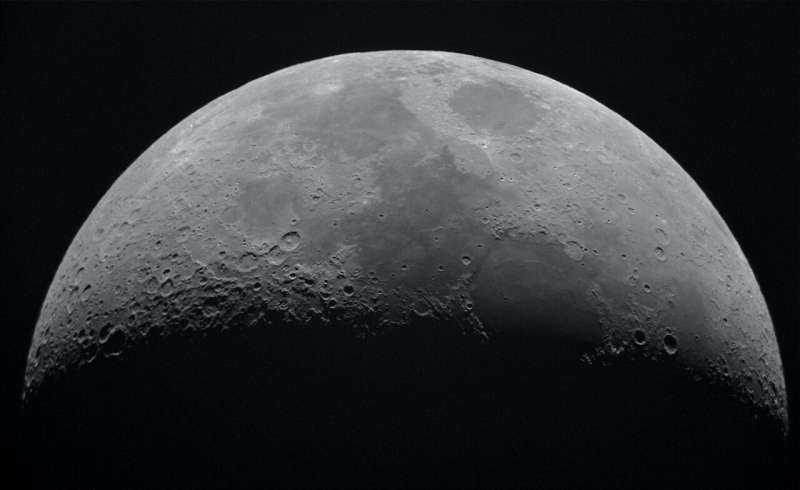
Moscow's Luna-25 lander is due to reach the moon's orbit Wednesday, in the first such Russian mission in almost 50 years, according to the schedule of space agency Roscosmos.
With the lunar launch, Moscow's first since 1976, Russia is seeking to restart and rebuild on the Soviet Union's pioneering space program.
The lander is set to revolve 100 kilometers (62 miles) above the moon's surface, before a planned landing Monday north of the Boguslawsky crater on the lunar south pole.
Cameras installed on the lander have already taken distant shots of the Earth and moon from space, Roscosmos said.
The lander, weighing around 800 kilograms (1,764 pounds), was carried into space by a Soyuz rocket launched Friday from the Vostochny cosmodrome in Russia's Far East.
It is due to stay on the moon for a year, where it is tasked with collecting samples and analyzing soil.
The mission comes as the future of Russia's long-running cooperation with the West in space looks in doubt, as Moscow presses ahead with its offensive in Ukraine.
Russia said it would go ahead with its own lunar plans, despite the European Space Agency (ESA) announcing it would not cooperate with Moscow on future missions over its actions in Ukraine.
New data reveal US space economy's output is shrinking—an economist explains in 3 charts

The space industry has changed dramatically since the Apollo program put men on the moon in the late 1960s.
Today, over 50 years later, private companies are sending tourists to the edge of space and building lunar landers. NASA is bringing together 27 countries to peacefully explore the moon and beyond, and it is using the James Webb Space Telescope to peer back in time. Private companies are playing a much larger role in space than they ever have before, though NASA and other government interests continue to drive scientific advances.
I'm a macroeconomistwho's interested in understanding how these space-related innovations and the growing role of private industry have affected the economy.
XRISM spacecraft will open new window on the X-ray cosmos
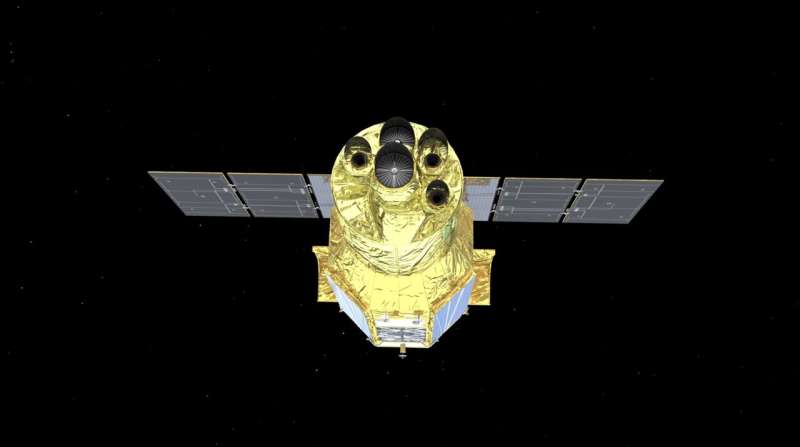
The upcoming XRISM (X-ray Imaging and Spectroscopy Mission, pronounced "crism") spacecraft will study the universe's hottest regions, largest structures, and objects with the strongest gravity.
Led by JAXA (Japan Aerospace Exploration Agency), XRISM will peer into these cosmic extremes using spectroscopy, the study of how light and matter interact. In this explainer, video producer Sophia Roberts from NASA's Goddard Space Flight Center walks us through how understanding spectroscopy deepens our knowledge of the universe.
"I think we all get excited for the beautiful images we get from missions like NASA's James Webb Space Telescope," Roberts said. "But after taking a deep dive into spectroscopy, I really appreciate the critical context it gives scientists about the story behind those pictures.
Talking with Webb using the Deep Space Network
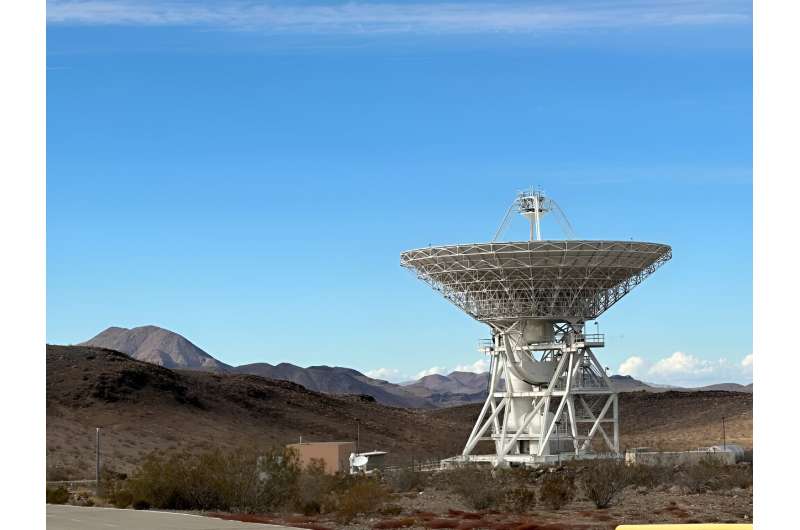
NASA's James Webb Space Telescope is nearly 1 million miles (1.5 million kilometer) away from Earth, orbiting around the sun-Earth Lagrange point 2. How do we send commands and receive telemetry—the science and engineering data from the observatory—from that far away? We use the DSN (Deep Space Network) to communicate with the observatory. We receive data when we have a contact with Webb using a DSN antenna
Sandy Kwan, the mission interface manager for Webb within the DSN, notes that "each mesmerizing Webb image that has graced our screens would not have been possible without the support of the DSN antennas and personnel, the backbone of interplanetary communication."
The DSN has three sites around the world, each positioned 120 degrees apart. There are antennas in Goldstone, California; Canberra, Australia; and Madrid, Spain. This allows us to communicate with Webb at any time of day, as the Earth rotates. The DSN is managed by NASA's Jet Propulsion Laboratory (JPL) in Southern California.
RTX to develop platform agnostic, beyond-line-of-sight, satcoms
 Collins Aerospace, an RTX (NYSE: RTX) business, has been awarded a $36 million contract from the U.S. Air Force Research Laboratory to develop and demonstrate a platform-agnostic, Beyond-Line-Of-Sight, satellite communications pod.
The communications pod will provide warfighters resilient, high bandwidth, low latency communications and data directly to the cockpit. The pod brings together
Collins Aerospace, an RTX (NYSE: RTX) business, has been awarded a $36 million contract from the U.S. Air Force Research Laboratory to develop and demonstrate a platform-agnostic, Beyond-Line-Of-Sight, satellite communications pod.
The communications pod will provide warfighters resilient, high bandwidth, low latency communications and data directly to the cockpit. The pod brings together After capturing image of black hole, what's next?
 Agroup of international researchers led by the Center for Astrophysics | Harvard and Smithsonian (CfA) achieved the once-unimaginable four years ago: using a groundbreaking telescope to capture an image of a black hole.
Last month some of those researchers, engineers, and physicists convened at Harvard to consider and begin drawing up plans for the next step: a closer study of the photon r
Agroup of international researchers led by the Center for Astrophysics | Harvard and Smithsonian (CfA) achieved the once-unimaginable four years ago: using a groundbreaking telescope to capture an image of a black hole.
Last month some of those researchers, engineers, and physicists convened at Harvard to consider and begin drawing up plans for the next step: a closer study of the photon r 
